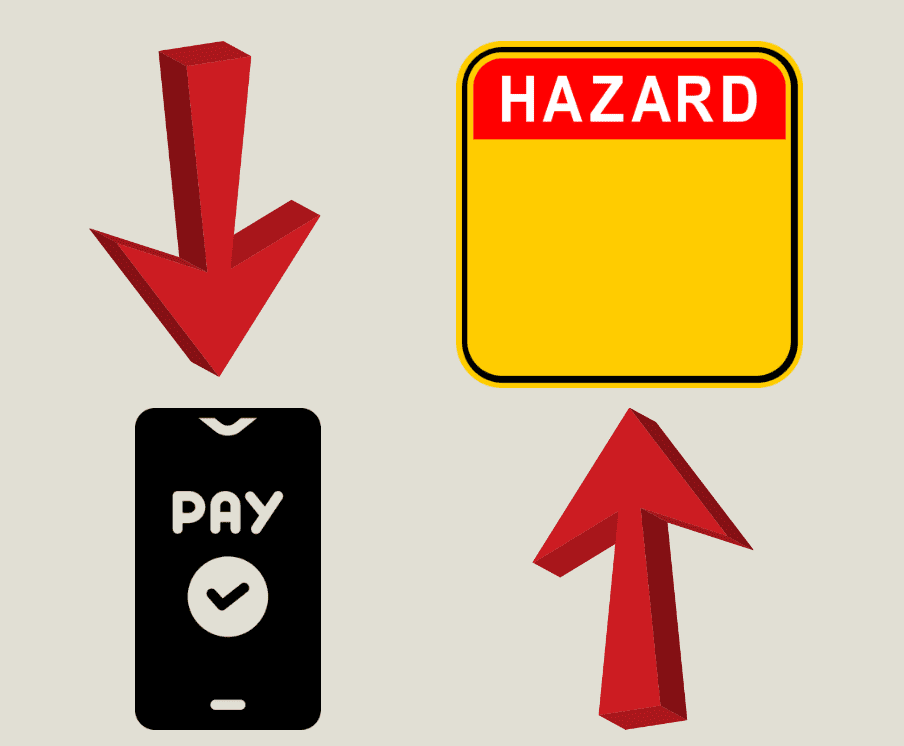
Getting paid wages so low an individual or family must rely on public assistance to make up the difference – even when they work is full time – is bad enough. But a new report shows low-wage workers are also far more likely to encounter dangerous or illegal conditions, like wage theft.
So write the authors of a new study, “Wage Inequality and Labor Rights Violations,” a National Bureau of Economic Research working paper. Ioana Marinescu, a University of Pennsylvania economics professor, and Aaron Sojourner, a University of Minnesota economics professor and Yue Qiu, a Temple University finance professor, relied in part on Violation Tracker to show the linkage between bad pay and poor working conditions, and how little power workers have in these situations.
I asked Marinescu more about the report via email. Marinescu, an economist who studies the labor market to craft policies that can enhance wages, productivity, and economic security, wrote from her home in Philadelphia. Our exchange has been lightly edited for length and clarity.
Q: There’s so much talk about minimum and living wages right now. Your report though, makes clear earning $7.25 per hour or some other low wage is only part of the problem. Can you expand?
A: We find that lower wage jobs also tend to have worse working conditions. We measure working conditions by the intensity of labor violations that workers endure in a given industry and location. We use data from Good Jobs First Violation tracker… We compare the total number of violations to the total number of workers to get a per capita violation rate. This measures the risk of violation for any single worker.
We also compare the total fines for violations to total wages for workers, which measures the intensity of the violation, i.e. how bad a violation is compared to workers’ wages. Another way of seeing this violation intensity is a kind of tax on workers’ wages: a share of wages is taken away from workers in the form of labor rights violations.

Q: A major finding of the report is that over time, “a 10% increase in the average wage is associated with a 0.15% decrease in the number of violations per employee and a 4% decrease in fines per dollar of pay.” What does that mean, in simple terms?
A: In simple terms, this means that, as wages go up (by 10%), workers are less likely to experience violations (by 0.15%), and, if they experience any, these violations are less severe as measured by the amount of fines paid by employers (4% decrease in fines). An improvement in economic conditions not only increases wages, but also improves working conditions by decreasing labor violations.
Q: How did you determine the relationship between low pay and poor working conditions?
A: As I just mentioned, we measure working conditions by the number and amount of labor violations. Before embarking on our main analysis, we check that more violations are in fact related to worse working conditions. To do so, we compare labor violation intensity with workers’ reports of bad working conditions in the 2015 American Working Conditions Survey. We find that, when there are more labor-rights violations, workers are more likely to report abuse on the job, bad bosses, bad workplaces, exposure to physical risks, and being forced into last-minute schedule changes. Thus, the violations we measure are in synch with employees’ experience.
Q: How do workers get more power in the workplace? It seems the opposite is happening in some ways – I’m thinking specifically of the rise of the contract worker as evidenced in California’s Prop. 22 to get Uber, Lyft and DoorDash workers classified as independent contractors. Of course, on the flip side, Amazon workers in Alabama may finally get a unionized workplace.
A: We find that worker power can improve working conditions. First, when wages increase, workers de facto have more power because they are in higher demand and employers must offer better conditions to attract them. We also more directly investigate the role of competition among employers in affecting labor violations. We find that an increase in competition for workers among employers tends to go hand in hand with fewer labor violations. Finally, we find that higher unionization rate goes hand in hand with fewer labor violations. This is interesting because you could have thought that there are more fines levied against unionized employers because unionized workers are more likely to report violations. Even if that is the case, there are still FEWER violations in more unionized industries. Overall, this suggests that unions and more competition among employers could both increase wages and protect workers’ rights.
Q: Where will you go next with your research?
A: We will be looking at how specific enforcement changes by federal agencies can decrease the chance that workers’ rights are violated. Indeed, agencies’ role is not just to punish employer misconduct, but also to deter further misconduct. It is important to understand how this can best be achieved.
Want to follow more of Marinescu ’s work? She’s on Twitter @mioana and online at marinescu.eu.
RELATED
Tax Breaks and Inequality: Enriching Billionaires and Low-Road Employers in the Name of Economic Development